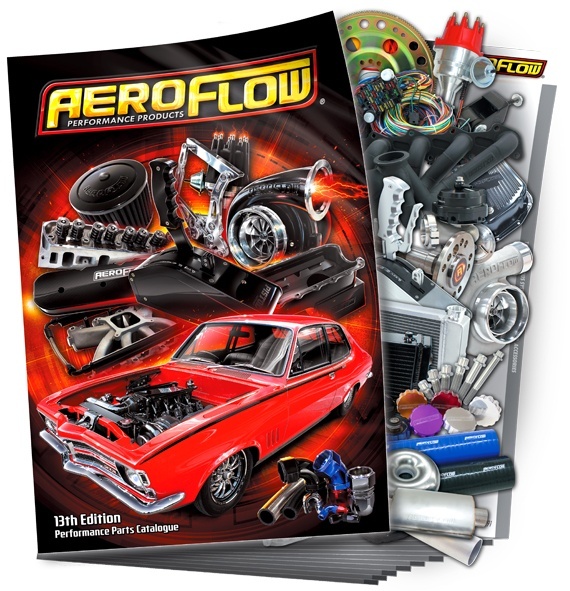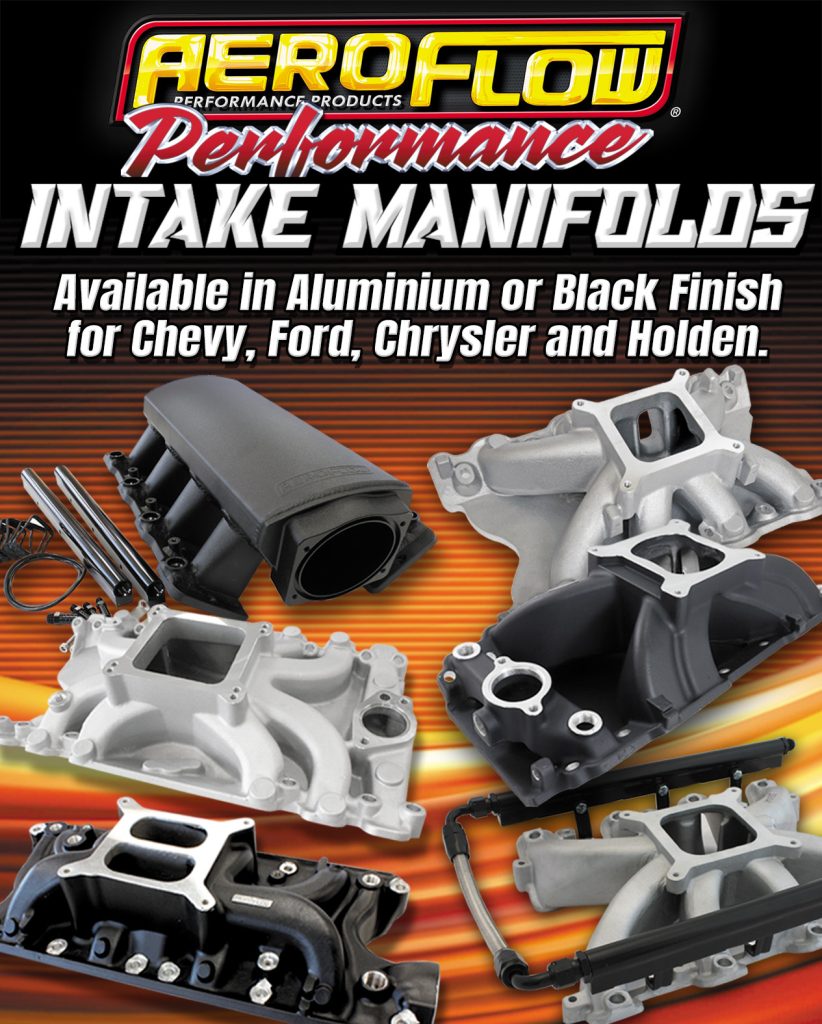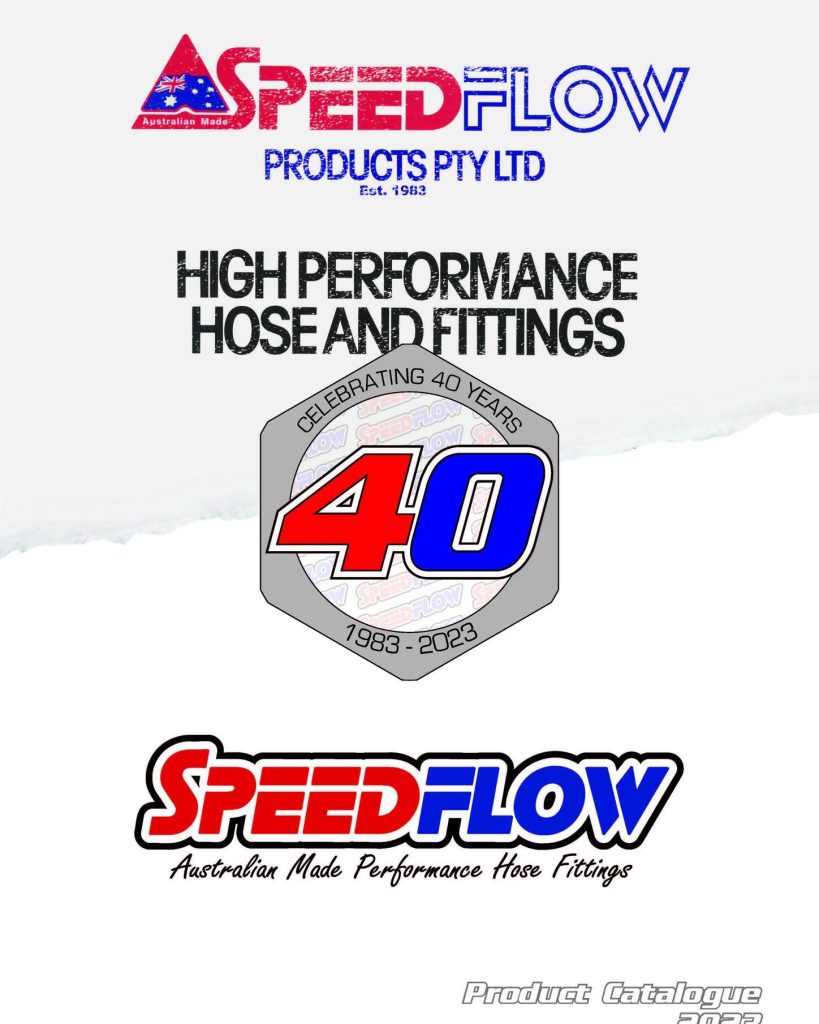Drag racing’s problems have been well documented over the past five years, but there is a hidden factor far bigger than our straight line niche that is affecting the sport.
The Australian dollar is at an 11 year low (US$0.66 as at February 24) and that represents a conundrum for a sport so reliant on US parts suppliers and chassis builders. It’s like we’re trying to go full throttle but we’ve got the chute out at 60 feet.
It is an interesting exercise to track the fortunes of the Australian dollar in relation to drag racing’s highs and lows down under. In the early 1990s, the introduction of the Winfield Pro Series coincided with a rising Australian dollar, creating prime conditions for racers to invest in the sport. Some of the biggest Top Fuel fields ever seen in this country came in 1995 and 1996 as the dollar peaked and racers confidently invested in the sport.
The collapse of pro drag racing in the late 1990s and early 2000s was caused by several factors. Winfield had to withdraw from the sport at the start of 1996 following government bans on cigarette advertising. Eastern Creek Raceway’s short life as Sydney’s premier drag strip came to an end in 1998, while Calder Park and Adelaide withdrew from the ANDRA national series in 2000, resulting in just two tracks being a part of the national championship – Perth Motorplex and Willowbank Raceway.
At the same time the dollar sunk, dipping under 50 US cents at times. After bottoming out in 2001, it began to rise again and was back in the region of 75 US cents by 2004, just in time for the opening of the new Sydney Dragway. The sport had a track back in Australia’s biggest city and the dollar continued to boom, seeing new cars and teams pop up everywhere.
In 2007 the ANDRA Pro Series was formed alongside the equally maligned and celebrated Drag Limited company, aiming to take the sport to new heights. What followed were some of Australian drag racing’s brightest years, which saw the sport’s most professional TV package yet, and since, push it into the national motorsport spotlight.
Despite the impact of the global financial crisis in 2008 and 2009 (where Australia was somewhat insulated thanks to booming trade with China), the Australian dollar again came to the party and reached parity levels until 2013. While the pros had been booming for some time, this was a time that saw an influx of sportsman cars being imported out of the USA too. With a truly national sportsman series this was a great time to be a weekend warrior.
Politically the sport was starting to get shaky in 2011. ANDRA essentially dissolved Drag Limited by withdrawing its rights to the national championship. What had previously been a united front (at least publicly) became much less so, and a series of leadership changes at ANDRA did little to rebuild the relationships.
Through 2014 and 2015 the dollar fell once again, returning to hover at the 75 US cent mark once more. At the same time ANDRA and the tracks completely fell out, resulting in the introduction of IHRA Australia and creating the split that has now scarred the sport for the better part of five years. The dollar only got worse and has been struggling in the upper and mid sixties.
Had the dollar been up around parity during that time, there is a good chance the sport would be in a much better place right now, even despite the problems. I would go so far as to say the Australian dollar has more of an impact on the sport than internal politics. Many racers want to do just that, race, and if it gets cheap enough to go fast enough there comes a point where the politics just don’t matter.
There is an upside to the fall of the little Aussie battler, as it represents an opportunity for local workshops and parts companies to pick up the slack and gain favour with Australian racers. Obviously their input costs are still high for raw materials, but at least it gives them a small advantage over the US giants. I think we will see some really nice Australian-built vehicles coming out in the next few years.
The Australian dollar is an external factor that cannot be changed by the sport. But there is an answer, and it is confidence. Confident racers want to invest in the sport and join the party, even if the costs are high. Inspiring leadership that creates engaging events and series, giving people a fear of missing out, has the power to combat even economic barriers. I see this in effect in varying areas right now. The Kenda Radial Series is doing it through passionate belief in its niche, the Winternationals is doing it through consistency, and the WA Summer Slam Series is doing it by creating a viable alternative.
The solutions are out there. Over to you, dear leaders.












